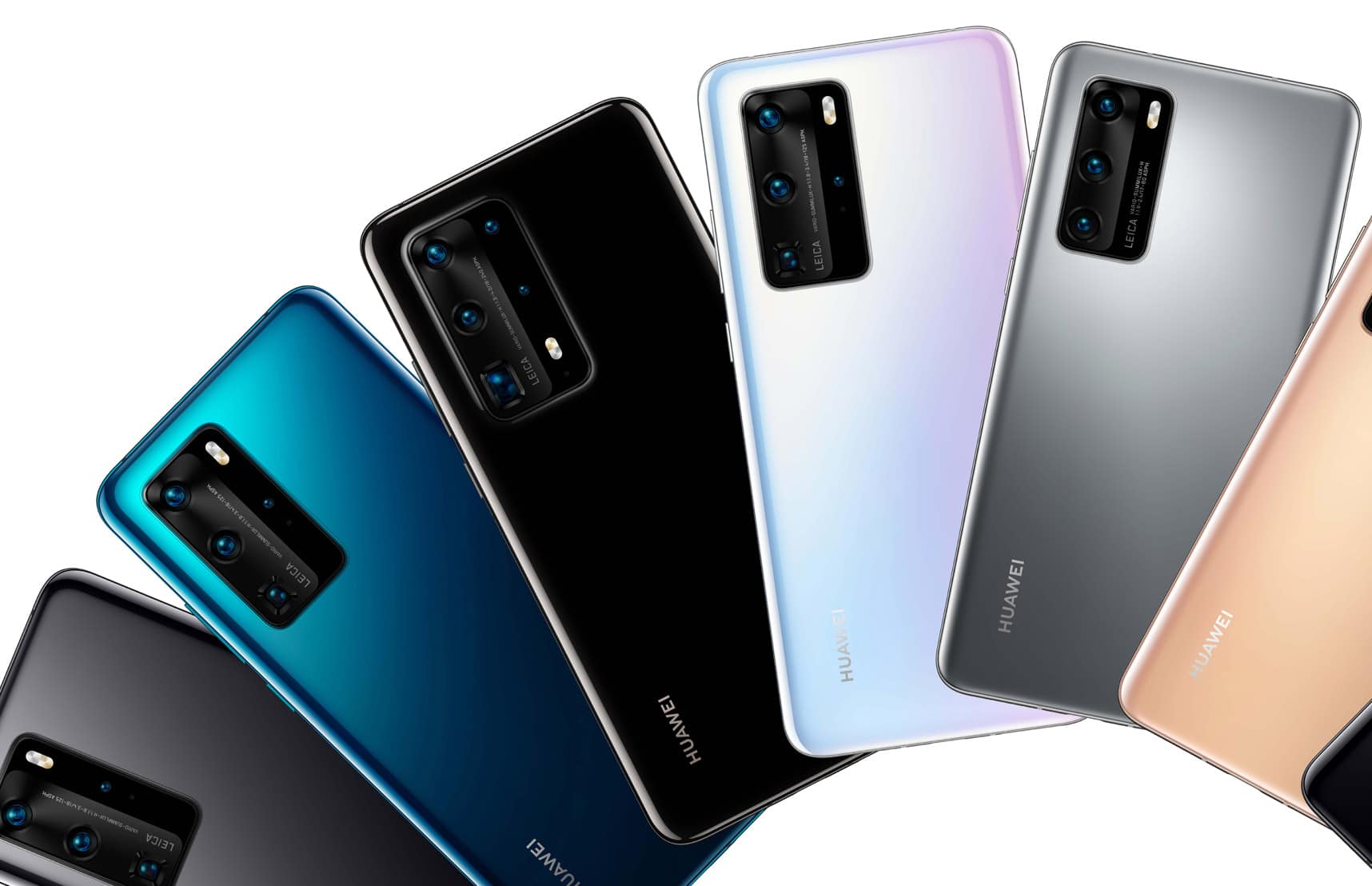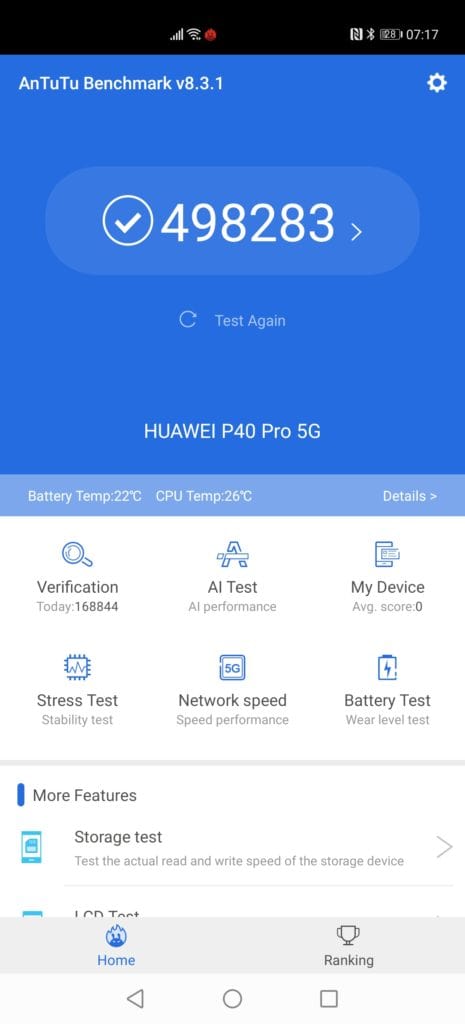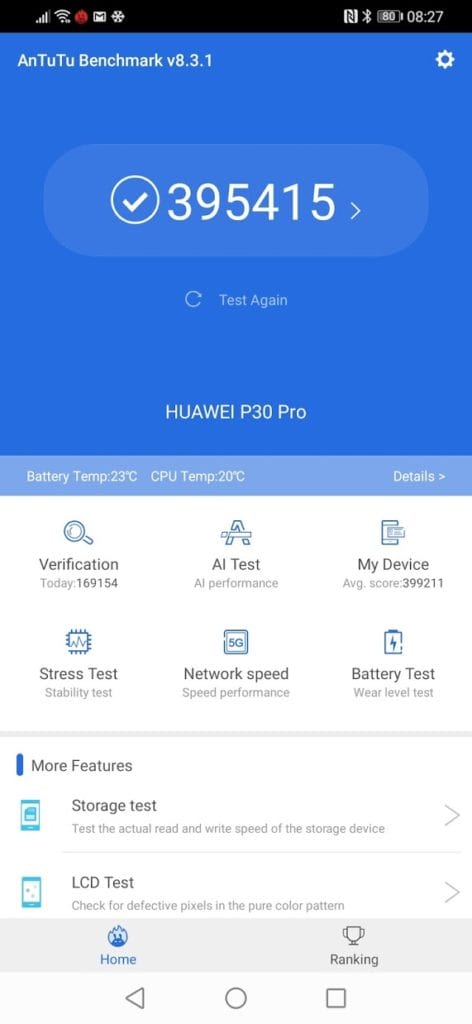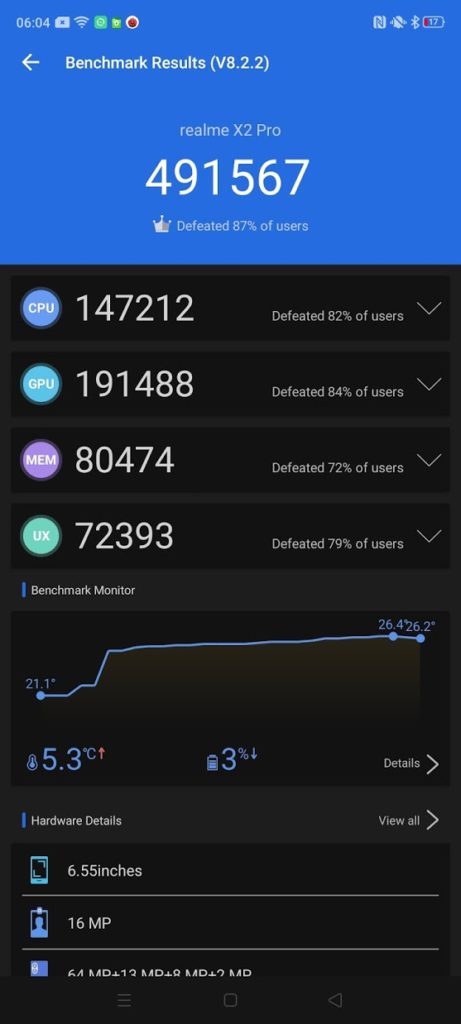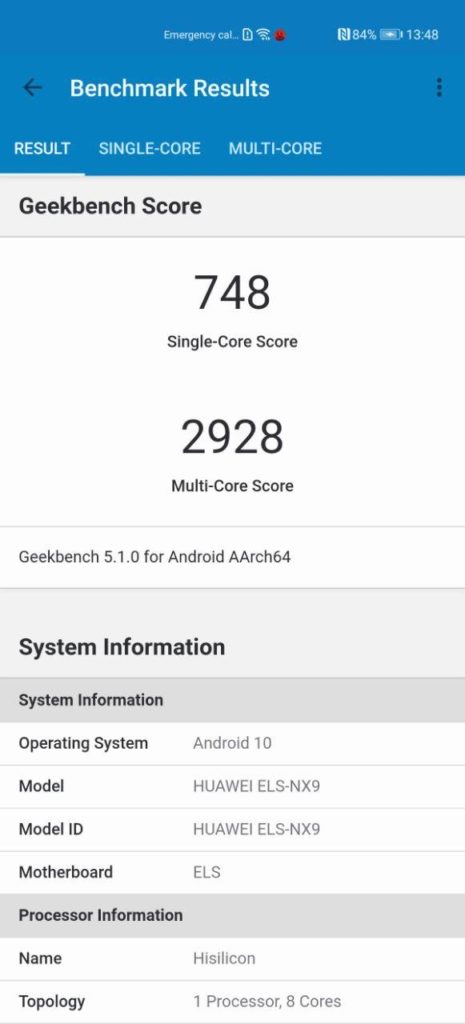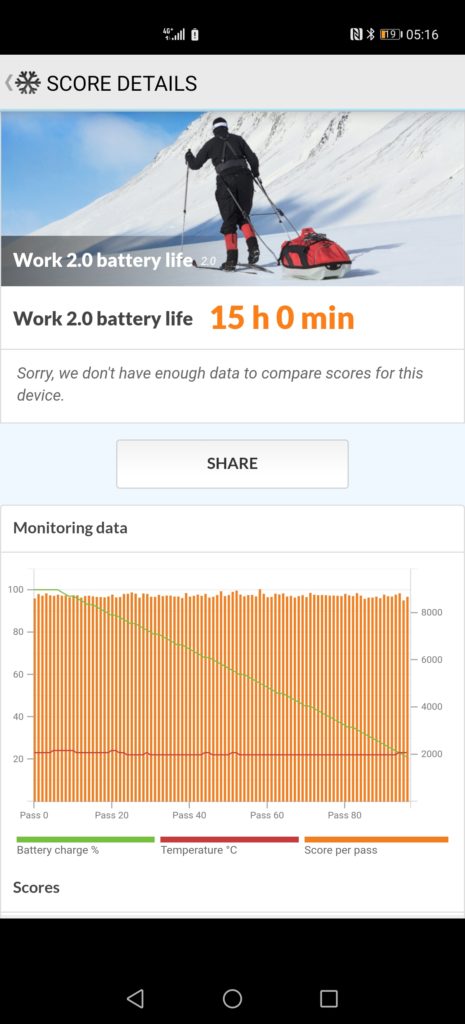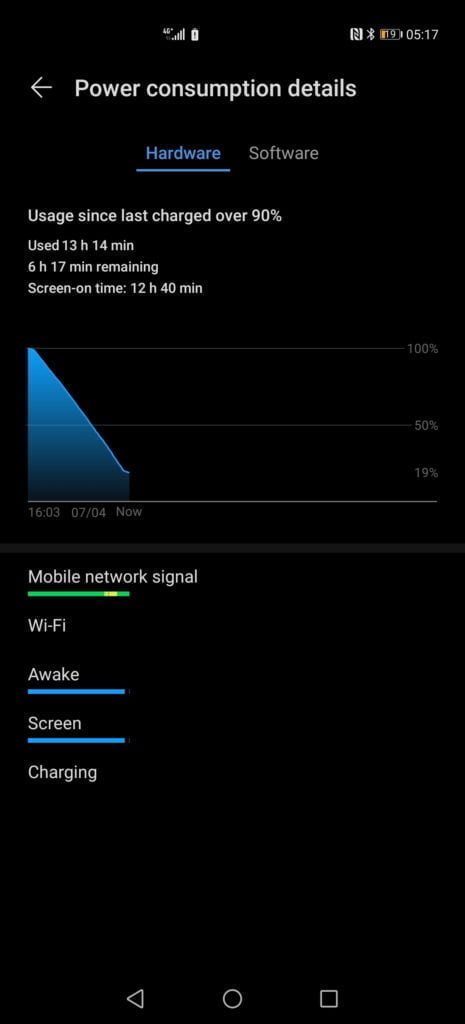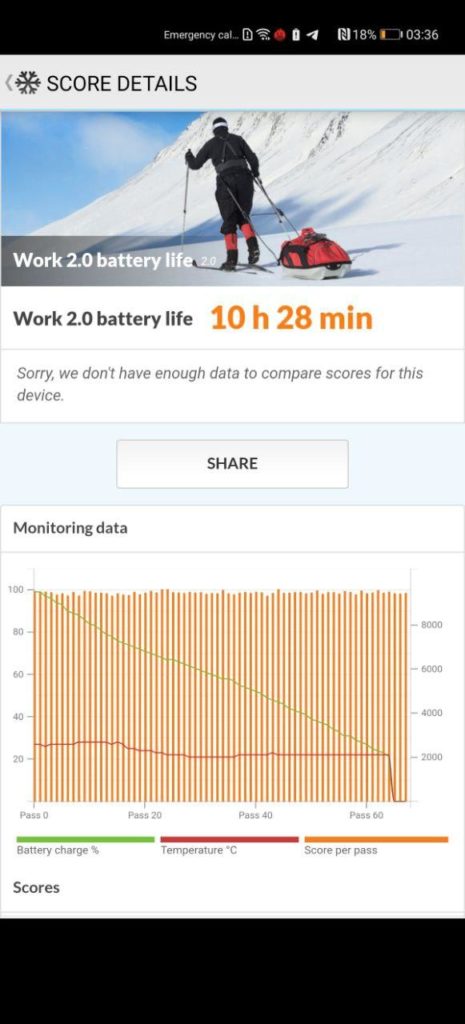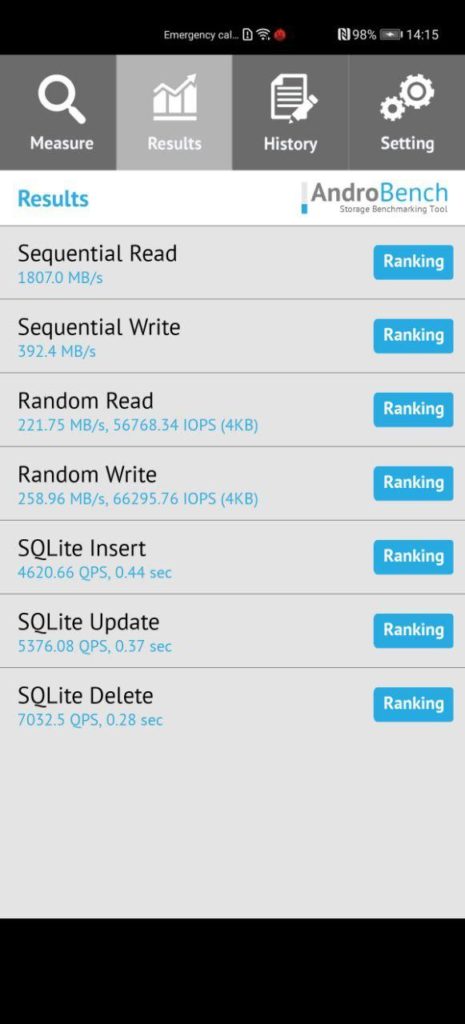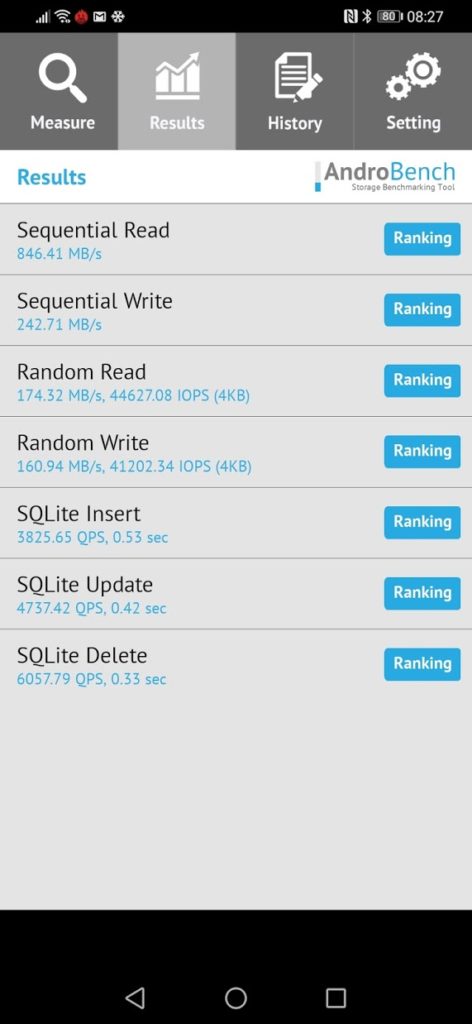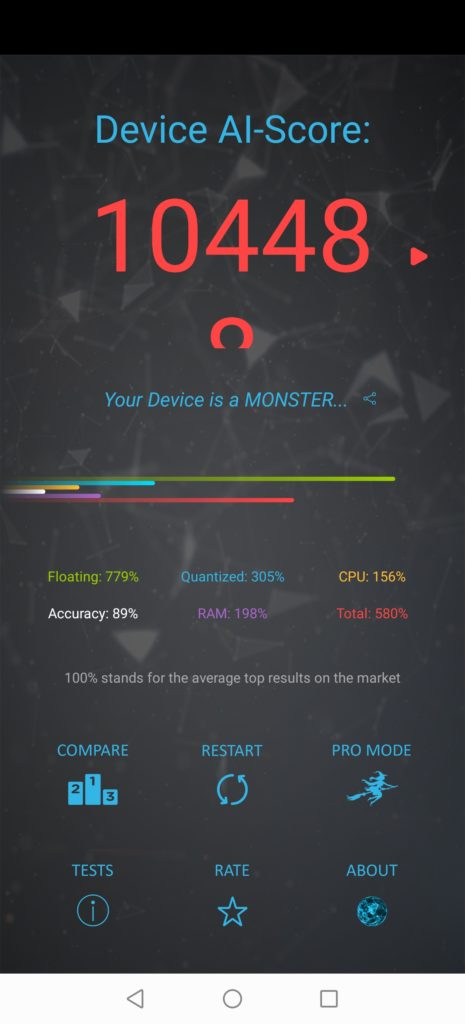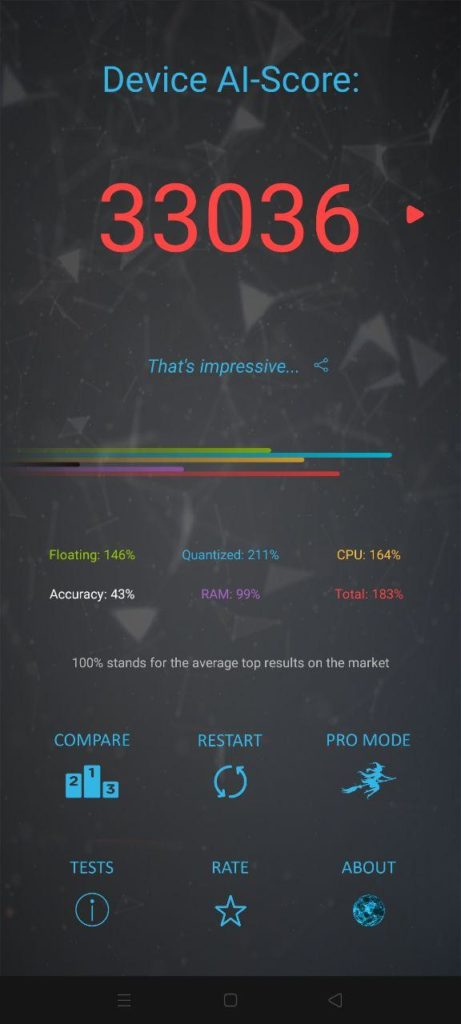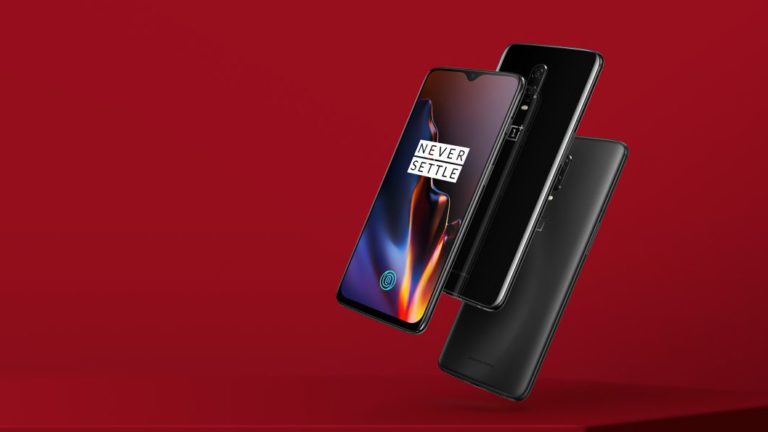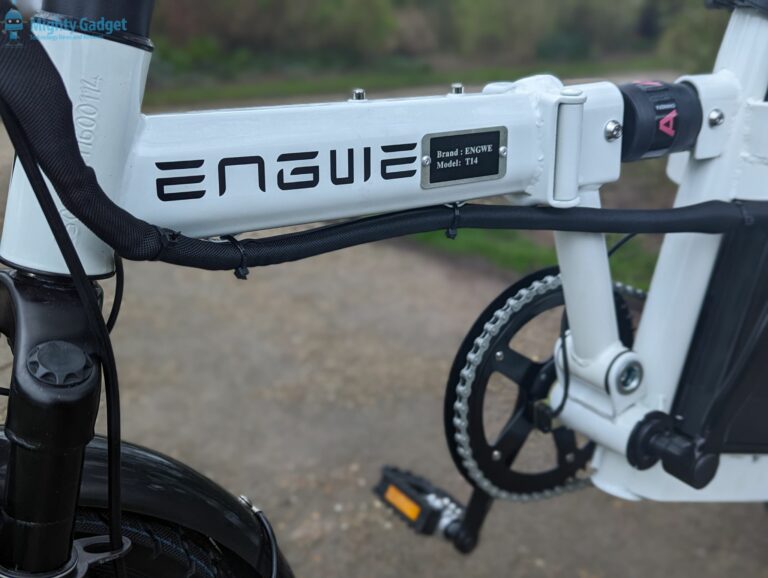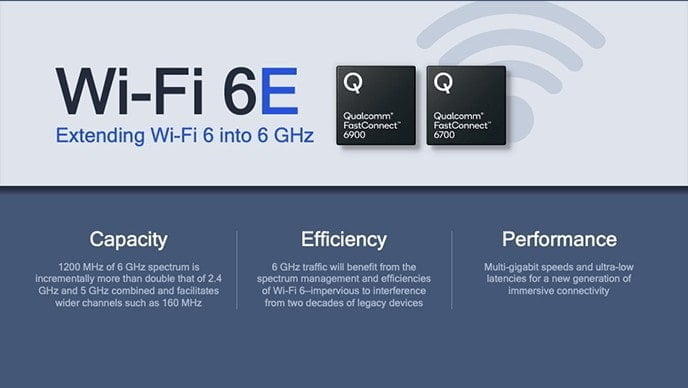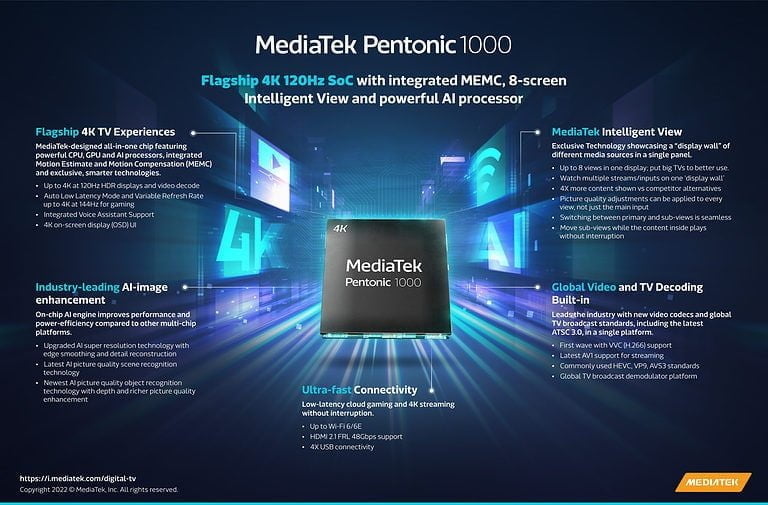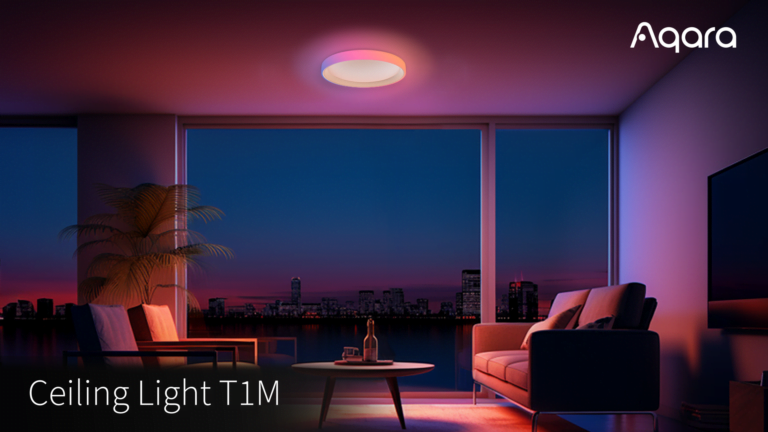Any links to online stores should be assumed to be affiliates. The company or PR agency provides all or most review samples. They have no control over my content, and I provide my honest opinion.
The Huawei P40 Pro was announced at the end of March, and it is available to pre-order now for £899.99 on Amazon with shipping starting on the 16th of April.
The impeccable hardware of the new phone is somewhat overshadowed by the issues on the software side of things, as this is the first big phone launch from Huawei (in the UK) that lacks Google. There are ways to bypass most of these issues, you can still get the vast majority of the apps you use regularly, but there are some issues. I have covered the topic more on my Huawei P40 Pro Google Apps Guide.
Most people are likely interested in the P40 series due to its exceptional camera, which blurs the line between high-quality point and shoot cameras and smartphones. I have also covered how the Huawei P40 Pro camera compares to the P30 Pro, and the phone has just been awarded 128 on DXOMark, the highest score ever and 12 points ahead of the P30 Pro it replaces.
The P40 Pro features the latest and greatest chipset from the Huawei owned fabless semiconductor company Hisilicon. The Kirin 990 5G was launched all the way back in September 2019 at IFA and first appeared on the Huawei Mate 30 Pro 5G. So this performance analysis is a little late, but it is the first time the UK has had access to a phone with this chipset.
| Preview | Product | Rating | Price | |
|---|---|---|---|---|

| HUAWEI P40 Pro 256 GB 6.58 Inch Smartphone Bundle with PU... | £999.99 | Buy on Amazon |
| Preview | Product | Rating | Price | |
|---|---|---|---|---|
   | HUAWEI P40 128 GB 6.1 Inch Smartphone Bundle with PU Case,... | £849.99 | Buy on Amazon |
Qualcomm Snapdragon 865, Samsung Exynos 990 & MediaTek Dimensity 1000
Technically, I should be comparing it to the Snapdragon 865, Exynos 990, and MediaTek Dimensity 1000, which would be the closest comparable.
No phone exists with the MediaTek Dimensity 1000 yet, so that is ruled out, and I lack phones with the other two. So, you get what you get.
The Qualcomm and Mediatek use the newer Arm Cortex A77 based CPUs, and the Samsung uses their own custom Exynos M5. All these chipsets will likely offer higher overall performance in many benchmarks, but the real world difference is likely to be negligible.
Huawei releases their chipset a lot sooner than Qualcomm and Samsung, so there is always a disparity in performance, with Qualcomm leading the way in performance from February then Hisilicon when the flagship Mate device is launched around September.
Kirin 990 5G vs Kirin 980 vs Snapdragon 855+ Specification
| HiSilicon Kirin 990 5G | HiSilicon Kirin 980 | Snapdragon 855 | |
|---|---|---|---|
| Process | 7nm EUV | 7nm | 7nm (N7) |
| CPU Cores | Octa-Core, 64-bit | Octa-Core, 64-bit | Octa-Core, 64-bit |
| CPU | 2x Cortex-A76 @ 2.86GHz 2x Cortex-A76 @ 2.36GHz 4x Cortex-A55 @ 1.95GHz (4MB shared L3 cache) | 2x Cortex-A76 @ 2.6GHz 2x Cortex-A76 @ 1.92GHz 4x Cortex-A55 @ 1.8GHz (4MB shared L3 cache) | 1x Kryo 485 Gold (A76) @ 2.96GHz 1x512KB 3x Kryo 485 Gold (A76) @ 2.42GHz 3x256KB 4x Kryo 485 Silver (A55)@ 1.80GHz 4x128KB |
| GPU | Mali-G76 MP16 | Mali-G76 MP10 | Adreno 640 @ ~672MHz |
| NPU | 2+1 NPU with real time cloud AI | Dual NPU | Yes (Hexagon 690 DSP) |
| RAM | LPDDR4X @ 2133MHz | LPDDR4X @ 2133MHz | 4x 16-bit CH @ 2133 MHz LPDDR4x 34.1GB/s |
| ISP | ISP 5.0 | Dual ISP | Dual 14-bit Spectra 380 ISP 1x 48MP or 2x 22 MP |
| Modem | 5G 2.3Gbps | LTE Cat 21 1.4Gbps down / 200Mbps up | Snapdragon X24 LTE (Category 20) DL = 2000Mbps 7x20MHz CA, 256-QAM, 4x4 UL = 316Mbps 3x20MHz CA, 256-QAM |
Antutu Benchmarks
| Huawei P40 Pro | Huawei P30 Pro | Realme X2 Pro | |
|---|---|---|---|
| Total | 498283 | 395415 | 491567 |
| CPU | 149923 | 133469 | 147212 |
| GPU | 176913 | 131864 | 191488 |
| Mem | 100022 | 67956 | 80474 |
| UX | 71425 | 62126 | 72393 |
While the P40 Pro shoots ahead of the P30 Pro in performance, it is not that far ahead of the Snapdragon 855+ used on the Realme X2 Pro, it, therefore, falls short of the results posted for the Samsung Galaxy S20 with either the Exynos 990 or SD865.
In reality, though, this still makes it one of the top 10 most powerful phones on the market, and it comfortably runs anything you throw at it.
In comparison with the previous generation, the overall score of the Kirin 990 5G is 26% higher than Kirin 980 and 1.4% ahead of the Snapdragon 855+.
Geekbench Benchmarks
| Huawei P40 Pro | Huawei P30 Pro | Realme X2 Pro | |
|---|---|---|---|
| Single Core | 748 | 687 | 706 |
| MultiCore | 2928 | 2430 | 2313 |
As you would expect the Kirin 990 5G is comfortably ahead from the previous generations with a 9% improvement on the single-core compared to the P30 Pro, and 6% higher than the Snapdragon 855 Plus.
For the multi-core score that ends up increasing further with a performance gap of 20.5% and 26% respectively.
3D Mark
%22%20transform%3D%22matrix(4%200%200%204%202%202)%22%20fill-opacity%3D%22.5%22%3E%3Cellipse%20fill%3D%22%23fff%22%20cx%3D%22115%22%20cy%3D%2292%22%20rx%3D%22175%22%20ry%3D%22175%22%2F%3E%3Cellipse%20fill%3D%22%23d4d4d4%22%20cx%3D%2233%22%20cy%3D%22113%22%20rx%3D%225%22%20ry%3D%223%22%2F%3E%3Cpath%20fill%3D%22%23fff%22%20d%3D%22M-16%20105.4l47.8%2016.4-11.3-49.2%2015.3%2040z%22%2F%3E%3Cellipse%20fill%3D%22%23fff%22%20cx%3D%2240%22%20cy%3D%2296%22%20rx%3D%2232%22%20ry%3D%2216%22%2F%3E%3C%2Fg%3E%3C%2Fsvg%3E)
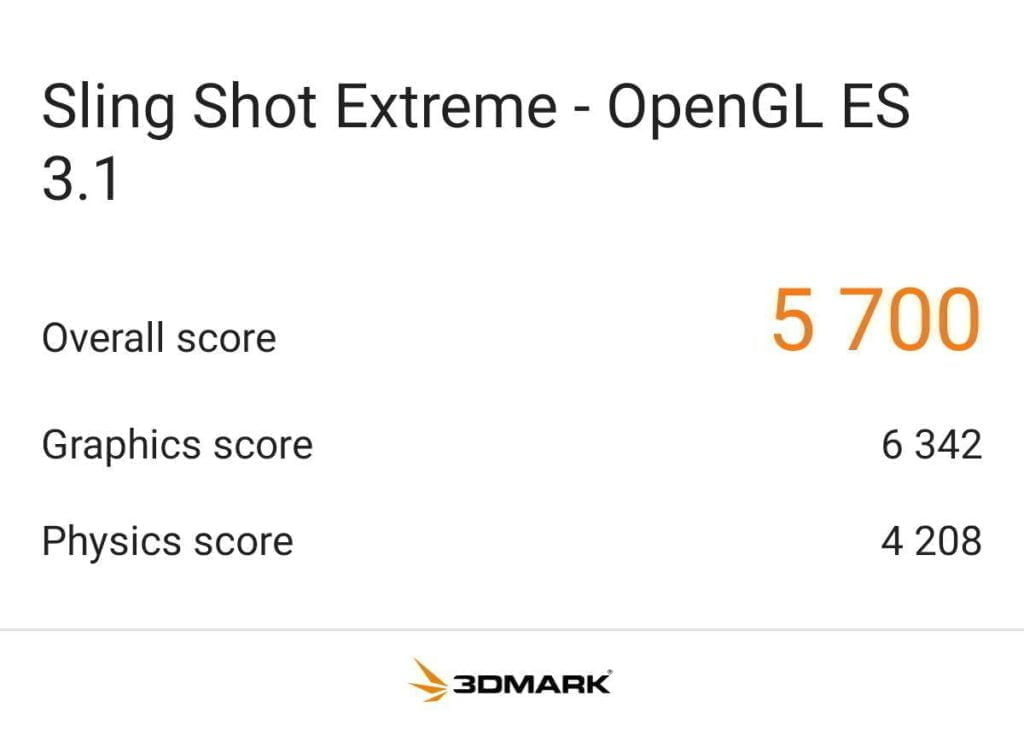
P40 Pro %22%20transform%3D%22translate(2%202)%20scale(3.98438)%22%20fill-opacity%3D%22.5%22%3E%3Cellipse%20fill%3D%22%23cfcfcf%22%20cx%3D%2233%22%20cy%3D%22115%22%20rx%3D%2210%22%20ry%3D%227%22%2F%3E%3Cellipse%20fill%3D%22%23fff%22%20cx%3D%22186%22%20cy%3D%2231%22%20rx%3D%22165%22%20ry%3D%22165%22%2F%3E%3Cpath%20fill%3D%22%23fff%22%20d%3D%22M40.6%20116.8L-16%20173.6%20114.1%20198%20137.8%202.6z%22%2F%3E%3Cpath%20fill%3D%22%23e1e1e1%22%20d%3D%22M17.3%20115.2l9.4-4.8L32%20105l15.4%209z%22%2F%3E%3C%2Fg%3E%3C%2Fsvg%3E)

P30 Pro %27%20fill-opacity%3D%27.5%27%3E%3Cpath%20fill%3D%22%23202020%22%20fill-opacity%3D%22.5%22%20d%3D%22M29.9%20336.7h43.8v19.9H30z%22%2F%3E%3Cpath%20stroke%3D%22%23202020%22%20stroke-opacity%3D%22.5%22%20fill%3D%22none%22%20d%3D%22M396.4%2073Q371%20195.6%20225.3%20182%22%20stroke-width%3D%222%22%2F%3E%3Cpath%20fill%3D%22%23202020%22%20fill-opacity%3D%22.5%22%20d%3D%22M728.4%20109.9l-4-.7%201.5-7.9%203.9.7zm246.2-65.2l12.2%2033.7L942%2094.8%20929.6%2061z%22%2F%3E%3C%2Fg%3E%3C%2Fsvg%3E)
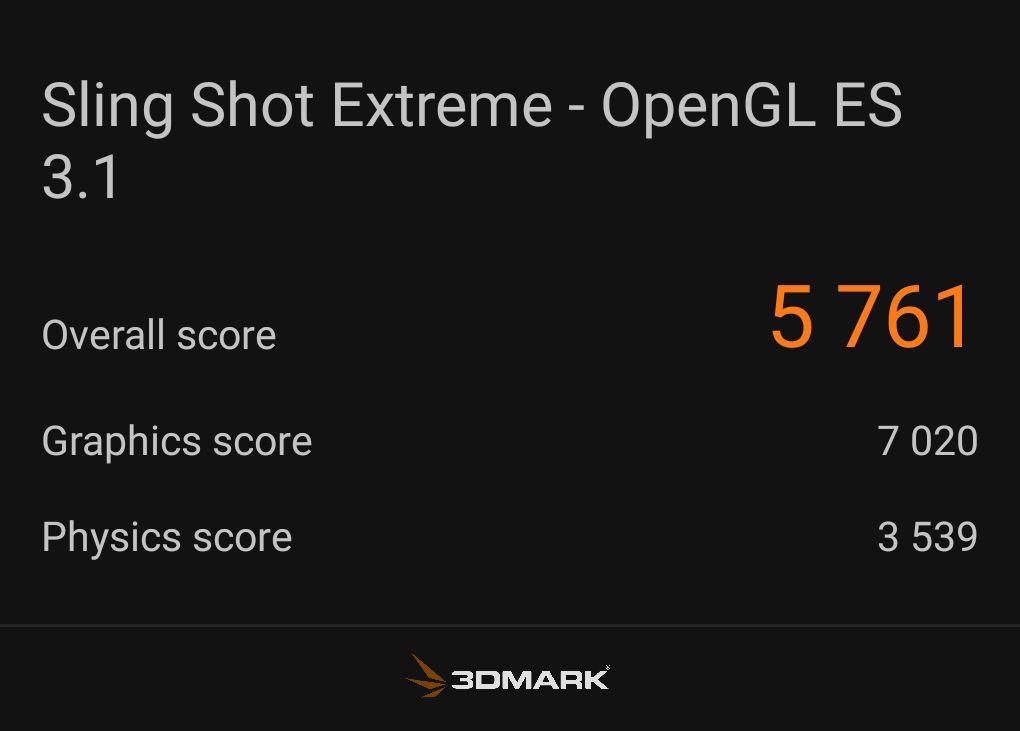
| Realme X50 Pro | Realme X50 Pro (low powered) | Realme X2 Pro | Huawei P40 Pro | |
|---|---|---|---|---|
| Sling Shot Extreme Open GL | 7213 | 6845 | 5761 | 5700 |
| Sling Shot Extreme Vulcan | 6609 | 6164 | 4921 | 5427 |
In 3D Mark, the Sling Shot Extreme Open GL results shows the SD855+ achieving a fractionally higher result of 5761 which is 1% higher than the 5700 the Kirin 990 achieves, and these are 24.9% and 26% higher than the Kirin 980.
Things are a little different with the Vulcan test with the Huawei P40 Pro scoring 5427 which is 10% higher than the 4921 the SD855+ manages and 23.6% higher than Kirin 980.
PC Mark Work 2.0
%27%20fill-opacity%3D%27.5%27%3E%3Cellipse%20fill-opacity%3D%22.5%22%20rx%3D%221%22%20ry%3D%221%22%20transform%3D%22matrix(459.89911%209.63351%20-1.71771%2082.00263%20222.6%20953.7)%22%2F%3E%3Cpath%20fill%3D%22%23fff%22%20fill-opacity%3D%22.5%22%20d%3D%22M526%2026L-62%20546l512%20380z%22%2F%3E%3Cellipse%20fill-opacity%3D%22.5%22%20rx%3D%221%22%20ry%3D%221%22%20transform%3D%22matrix(459.83977%20-12.14027%201.94989%2073.8564%20152.3%202)%22%2F%3E%3Cellipse%20fill-opacity%3D%22.5%22%20rx%3D%221%22%20ry%3D%221%22%20transform%3D%22rotate(1.9%20-29941.6%208694.2)%20scale(454.57312%2075.34906)%22%2F%3E%3C%2Fg%3E%3C%2Fsvg%3E)
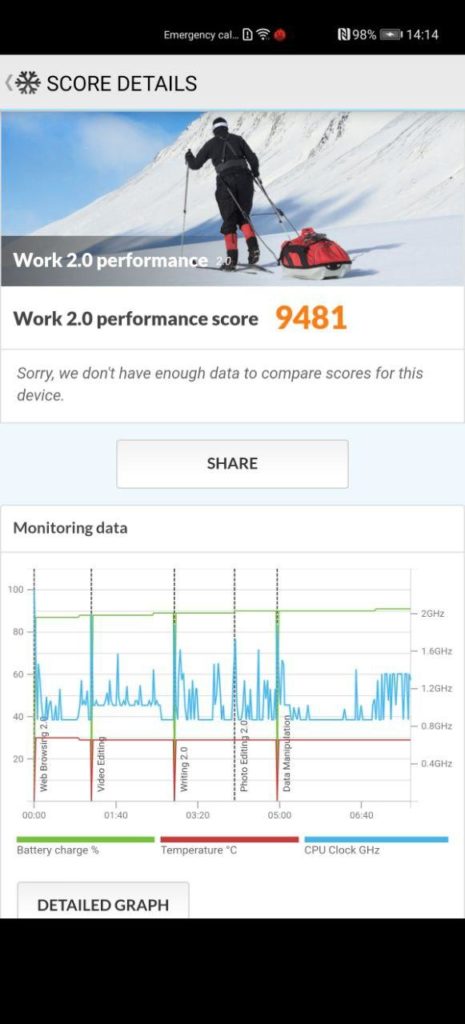
Huawei P40 Pro in normal mode %22%20transform%3D%22matrix(4%200%200%204%202%202)%22%20fill-opacity%3D%22.5%22%3E%3Cellipse%20rx%3D%221%22%20ry%3D%221%22%20transform%3D%22matrix(115%200%200%2018.92586%2049.6%20243.7)%22%2F%3E%3Cellipse%20fill%3D%22%23fff%22%20cx%3D%2262%22%20cy%3D%22144%22%20rx%3D%2278%22%20ry%3D%2278%22%2F%3E%3Cellipse%20rx%3D%221%22%20ry%3D%221%22%20transform%3D%22matrix(-102.34944%207.54893%20-1.18263%20-16.03432%2069%200)%22%2F%3E%3Cellipse%20rx%3D%221%22%20ry%3D%221%22%20transform%3D%22matrix(-.97065%2022.24848%20-114.89071%20-5.01241%2069.3%20255)%22%2F%3E%3C%2Fg%3E%3C%2Fsvg%3E)
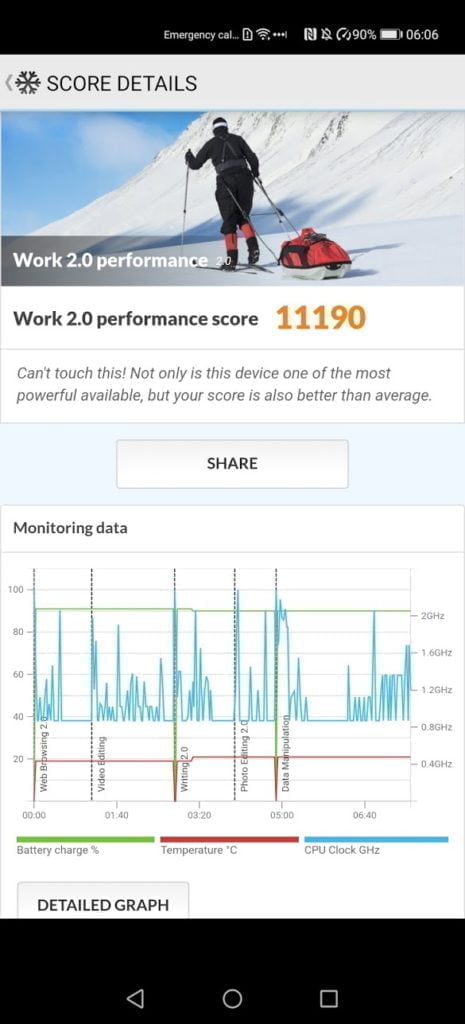
The difference performance mode makes %22%20transform%3D%22matrix(4%200%200%204%202%202)%22%20fill-opacity%3D%22.5%22%3E%3Cellipse%20rx%3D%221%22%20ry%3D%221%22%20transform%3D%22matrix(-1.02814%20-24.5307%20115.81734%20-4.85418%2030.7%20246.2)%22%2F%3E%3Cellipse%20fill%3D%22%23fff%22%20cx%3D%2262%22%20cy%3D%22139%22%20rx%3D%2285%22%20ry%3D%2285%22%2F%3E%3Cellipse%20rx%3D%221%22%20ry%3D%221%22%20transform%3D%22matrix(.31105%20-14.84915%20106.56662%202.23225%2058.7%20246.5)%22%2F%3E%3Cellipse%20fill%3D%22%23484849%22%20rx%3D%221%22%20ry%3D%221%22%20transform%3D%22matrix(-111.29852%207.97798%20-.80399%20-11.21623%2031.3%207.9)%22%2F%3E%3C%2Fg%3E%3C%2Fsvg%3E)

%27%20fill-opacity%3D%27.5%27%3E%3Cellipse%20fill-opacity%3D%22.5%22%20rx%3D%221%22%20ry%3D%221%22%20transform%3D%22matrix(4.99526%2075.20731%20-367.8247%2024.43089%20226.4%2041.7)%22%2F%3E%3Cellipse%20fill-opacity%3D%22.5%22%20rx%3D%221%22%20ry%3D%221%22%20transform%3D%22rotate(-1%2058135.6%20-9728.5)%20scale(431.75465%2068.87029)%22%2F%3E%3Cellipse%20fill%3D%22%23fff%22%20fill-opacity%3D%22.5%22%20rx%3D%221%22%20ry%3D%221%22%20transform%3D%22matrix(-447.16028%2089.35144%20-66.3734%20-332.1664%20292%20584.3)%22%2F%3E%3Cellipse%20fill-opacity%3D%22.5%22%20rx%3D%221%22%20ry%3D%221%22%20transform%3D%22rotate(-89.5%20115%20-93.5)%20scale(40.88155%20429.7661)%22%2F%3E%3C%2Fg%3E%3C%2Fsvg%3E)
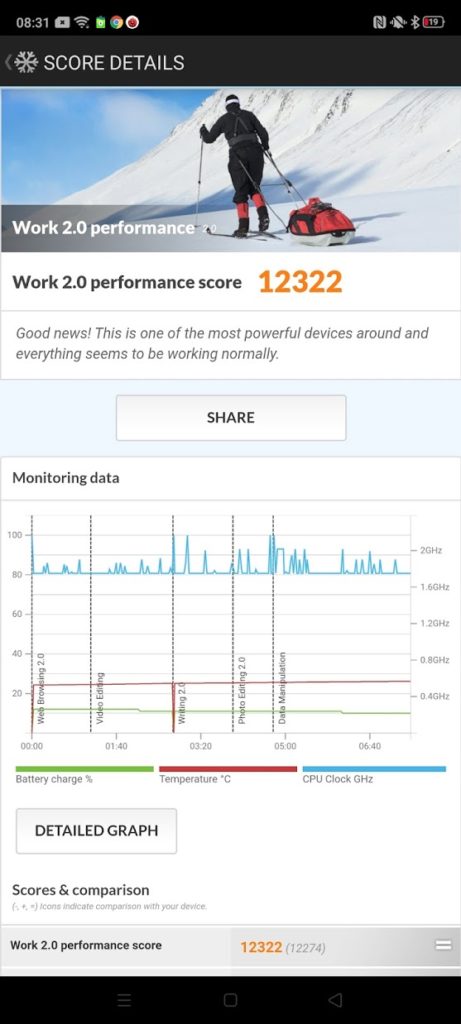
%27%20fill-opacity%3D%27.5%27%3E%3Cellipse%20fill-opacity%3D%22.5%22%20rx%3D%221%22%20ry%3D%221%22%20transform%3D%22matrix(-6.09364%20-116.27361%20437.81453%20-22.94489%20217%202)%22%2F%3E%3Cellipse%20fill-opacity%3D%22.5%22%20rx%3D%221%22%20ry%3D%221%22%20transform%3D%22matrix(-454.48302%2011.56374%20-1.65067%20-64.8752%20162.2%201022)%22%2F%3E%3Cellipse%20fill%3D%22%23fff%22%20fill-opacity%3D%22.5%22%20rx%3D%221%22%20ry%3D%221%22%20transform%3D%22matrix(452.60105%20-55.57242%2042.17532%20343.49042%20307.8%20585.4)%22%2F%3E%3Cellipse%20fill-opacity%3D%22.5%22%20rx%3D%221%22%20ry%3D%221%22%20transform%3D%22matrix(.49753%20-62.25344%20455.98544%203.64421%20199.4%202)%22%2F%3E%3C%2Fg%3E%3C%2Fsvg%3E)
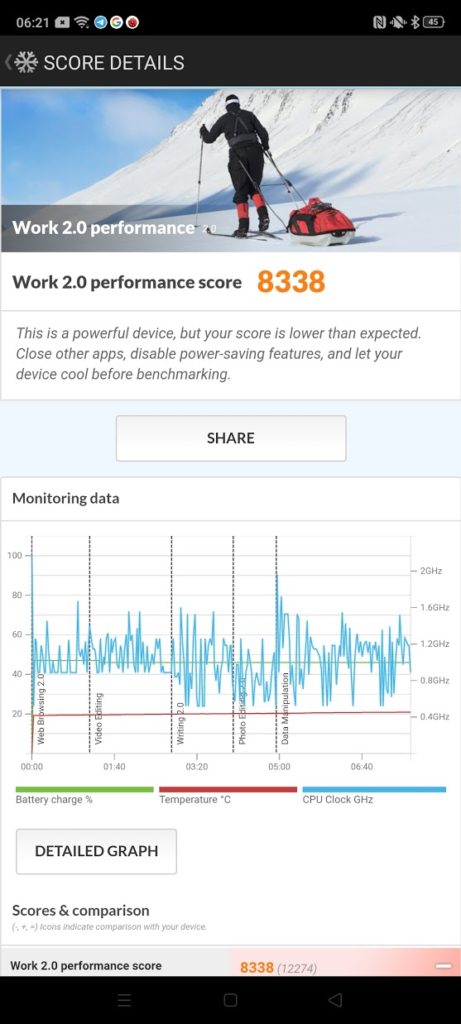
Realme X2 Pro with no performacne enhancements
In PC Mark, the three phones achieved:
- Huawei P40 Pro in Performance mode – 11190
- Huawei P40 Pro: 9481
- Huawei P30 Pro:8115
- Realme X2 Pro:12701
- Realme X2 Pro with performance enhancements switched off – 8338
I am inclined to say that there is an issue running PC Mark Work 2.0 on the P40 Pro and/or the Realme is inflating the result somehow. I was going to omit this result from the post, but for transparency, I will leave it here.
The results indicate a 33% difference between the P40 Pro and X2 Pro.
Out of the box in its normal mode the Kirin 990 5G and the Kirin 980 on the P40 Pro and P30 Pro score lower than you would expect. This seems to be the way Huawei handle power. They focus on power efficiency rather than raw performance. Running the P40 Pro in performance mode the score justs up to 11190. If you look at the graphs on the tests the Realme X2 Pro lots the frequencies which result in a high score.
Switching the Realme X2 Pro to have no performance enhancements at all then drops its score down to 8338 witch its CPU frequency graph rarely hitting 2Ghz and quite often dropping below 0.8Ghz.
Looking at the Samsung S20 comparison that would put the X2 Pro ahead of both the Exynos 990 and SD865.
PC Mark Battery
I have not run the test on my Huawei P30 Pro, it has had a years’ worth of heavy use, plus I have a large number of apps running in the background, so any benchmark result would be a disservice for such a superb phone.
As always with Huawei phones, the battery is exceptional. While it may not look as impressively large this year with competing brands upping their game with battery size, the optimisations Huawei has on the software and chipset give this phenomenal battery performance.
The two tests I carried out were with the phone at 90Hz, auto-brightness off and max brightness set, then 60Hz, 50% brightness and 60Hz.
The Realme crashed on the 1st test, so for now it is just the 2nd result I can compare.
The Huawei managed a massive 15 hours with Android reporting a screen on time of 12H 40mins.
The Realme X2 Pro managed 10 hours 7 mins with a screen on time of 8 hours 34 mins.
In the first test, with all the settings maxed out the Huawei P40 Pro managed 10h 28 mins in PC Mark, I forgot to take a screenshot of the Android SOT information.
The Realme X2 Pro has a 4000 mAh battery while the has a 4200 mAh battery. There are obviously a lot of other factors in battery life, software optimisation is a big factor here, and the screen size and resolution. So, in this case, it is hard to objectively state how well the Kirin 990 5G compares to the Snapdragon 855+. Both phones are superb, though.
In my Samsung Galaxy S20 analysis, many users on Reddit were reporting the Exynos based S20+ would get as little as 3 hours 45 min screen on time during normal use with 14h between charge. The SD865 S20+ fared much better with around 7 to 8 hours screen on time.
Androbench
| Realme X50 Pro | Realme X2 Pro | Huawei P40 Pro | |
|---|---|---|---|
| Seq Read MB/s | 1678 | 1369 | 1807 |
| Seq Write MB/s | 736 | 388 | 392 |
| Rd Read IOPs | 52139 | 44332 | 56768 |
| Rd Write IOPs | 56015 | 42524 | 66295 |
| Rd Read MB/s | 203 | 173 | 221 |
| Rd Write MB/s | 218 | 166 | 258 |
Both the P40 Pro and X2 Pro use the new UFS3.0 storage which is capable of much faster transfer rates than the UFS2.1 on the P30 Pro and most other flagship devices from last year.
When I reviewed the OnePlus 7T the results indicated that UFS3.0 didn’t offer the gains in all aspects of storage speed we may have hoped, this result is somewhat reflected when looking at the X2 Pro vs P30 Pro. This is likely similar to the differences with SSD and NVMe, the sequential speeds were impressive, but random read/write speeds and the Input/Output Operations Per Second wasn’t quite as ground-breaking as press announcement would lead you to believe.
However, it looks like the P40 Pro is flexing its muscles here with sequential read being 1807MB/s – 31% higher than the Realme, and 111% higher than the P30 Pro.
Sequential write is marginally less impressive with a 1% and 61% gain.
Where the OnePlus 7T failed to impress, the P40 Pro does much better. Random read speeds have gone up 27% and 29% from the X2 and P30 respectively.
Random writes are 55% and 78% up, then for IOPs, you are looking at 28%/29% on random reads and 55%/78% for the random writes.
AI Benchmark
Finally, a big focus for Huawei is their AI performance with Hisilicon chipsets dominating the AI Benchmark ranking table.
With AI Benchmark, the test appears to be heavily biased towards the FP16 score, which Hisilicon excel at, whereas Qualcomm does not. So this is another benchmark I wouldn’t take too seriously.
The three phones achieved:
- Huawei P40 Pro: 104488
- Huawei P30 Pro:27112
- Realme X2 Pro: 33036
The result is so significant on the P40 Pro, the app can’t fit the number on the screen properly. That is a 216% advantage over the SD855+ and a 285% increase from the previous generation on the Kirin 980.
Overall
The Kirin 990 5G may not be the performance king for 2020. Still, you typically see around a 25% gain from the previous generation on the P30 Pro, and it is marginally ahead in performance compared to the Snapdragon 855 Plus which launched two months earlier than the Kirin.
In terms of real-world usage, the Kirin 990 5G is flawless from my short time with it, most importantly, it offers a perfect balance of processing grunt and battery efficiency.
| Preview | Product | Rating | Price | |
|---|---|---|---|---|
   | HUAWEI P40 Pro 256 GB 6.58 Inch Smartphone Bundle with PU... | £999.99 | Buy on Amazon |
| Preview | Product | Rating | Price | |
|---|---|---|---|---|
   | HUAWEI P40 128 GB 6.1 Inch Smartphone Bundle with PU Case,... | £849.99 | Buy on Amazon |
| Preview | Product | Rating | Price | |
|---|---|---|---|---|
  | Huawei P30 Pro 128 GB 6.47 Inch OLED Display Smartphone with... |
£343.00 | Buy on Amazon |
I am James, a UK-based tech enthusiast and the Editor and Owner of Mighty Gadget, which I’ve proudly run since 2007. Passionate about all things technology, my expertise spans from computers and networking to mobile, wearables, and smart home devices.
As a fitness fanatic who loves running and cycling, I also have a keen interest in fitness-related technology, and I take every opportunity to cover this niche on my blog. My diverse interests allow me to bring a unique perspective to tech blogging, merging lifestyle, fitness, and the latest tech trends.
In my academic pursuits, I earned a BSc in Information Systems Design from UCLAN, before advancing my learning with a Master’s Degree in Computing. This advanced study also included Cisco CCNA accreditation, further demonstrating my commitment to understanding and staying ahead of the technology curve.
I’m proud to share that Vuelio has consistently ranked Mighty Gadget as one of the top technology blogs in the UK. With my dedication to technology and drive to share my insights, I aim to continue providing my readers with engaging and informative content.
Last update on 2024-04-18 / Affiliate links / Images from Amazon Product Advertising API

